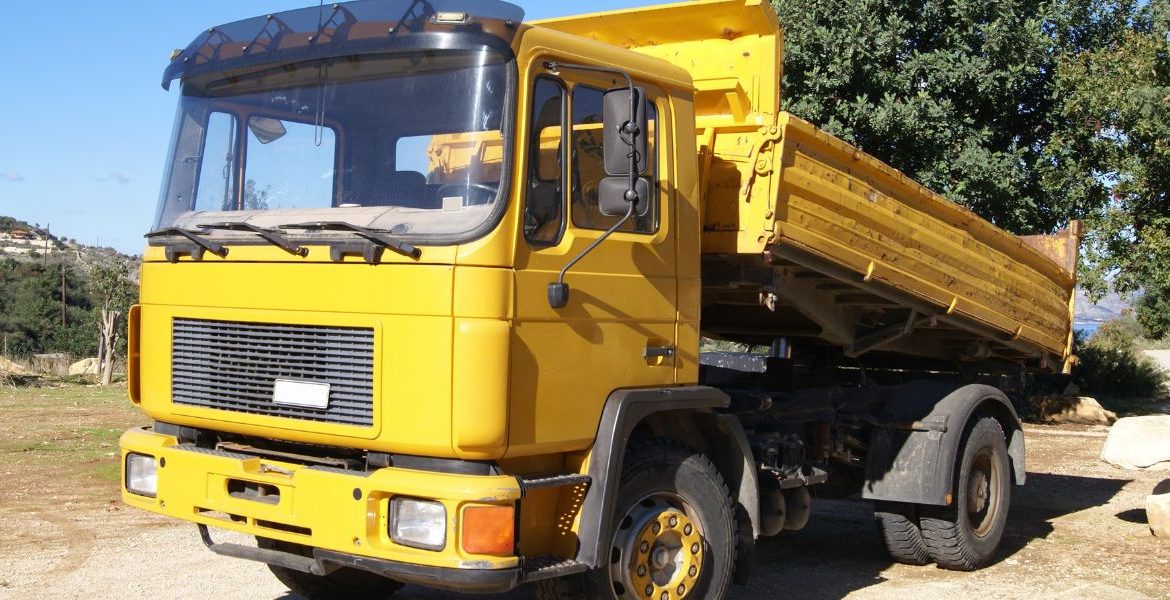Introduction
The world of heavy vehicle parts distribution is undergoing a profound transformation, driven by technological advancements, changing consumer expectations, and environmental considerations. As we hurtle towards a future that demands greater efficiency, sustainability, and convenience, the heavy vehicle parts distribution industry finds itself at a crossroads. In this blog, we’ll explore the exciting developments shaping the future of heavy vehicle parts distribution.
Digitalization and E-Commerce:
One of the most significant shifts in the heavy vehicle parts distribution industry is the rapid embrace of digitalization and e-commerce. Traditional brick-and-mortar stores are increasingly being complemented or even replaced by online platforms. This shift offers customers the convenience of browsing, ordering, and tracking heavy vehicle parts from the comfort of their offices or workshops. Additionally, digital platforms enable businesses to manage their inventories more efficiently, reducing the costs associated with overstocking or understocking essential parts.
Predictive Maintenance:
Predictive maintenance, powered by the Internet of Things (IoT) and artificial intelligence, is another game-changer in the heavy vehicle parts distribution landscape. Sensors placed on vehicles can monitor their condition in real-time, predicting when specific parts are likely to fail or need maintenance. Distributors can leverage this data to proactively supply replacement parts, reducing downtime for fleet operators and ensuring the timely availability of critical components.
3D Printing and On-Demand Manufacturing:
The advent of 3D printing technology is revolutionizing the way heavy vehicle parts are produced and distributed. Instead of relying on centralized manufacturing plants, 3D printers can produce parts on-demand, even in remote locations. This approach not only reduces shipping costs and lead times but also minimizes waste and supports sustainable practices.
Electric and Autonomous Vehicles:
As electric and autonomous vehicles become more prevalent, the distribution of heavy vehicle parts is likely to evolve. Electric vehicles have fewer moving parts and require different components, while autonomous vehicles may demand advanced sensors and communication systems. Distributors will need to adapt by diversifying their product offerings and ensuring they can meet the unique needs of these vehicles.
Environmental Concerns:
The heavy vehicle industry is under increasing pressure to reduce its environmental impact. This includes not only the vehicles themselves but also their parts and distribution processes. The future of heavy vehicle parts distribution will likely involve a greater emphasis on eco-friendly practices, such as electric delivery vehicles, sustainable packaging materials, and optimized logistics to minimize carbon emissions.
Supply Chain Resilience:
Recent global disruptions have highlighted the importance of resilient supply chains. In the future, heavy vehicle parts distributors may focus on building more robust and adaptable supply networks to mitigate the impact of unforeseen events, ensuring that critical parts are always available, even in challenging circumstances.
Conclusion
The future of heavy vehicle parts distribution is exciting and filled with opportunities for innovation and growth. As the industry continues to evolve, businesses that embrace digitalization, predictive maintenance, 3D printing, and sustainability will be well-positioned to thrive. By staying ahead of these trends and aligning with the changing needs of the heavy vehicle sector, distributors can pave the way for a more efficient, sustainable, and customer-centric future.

